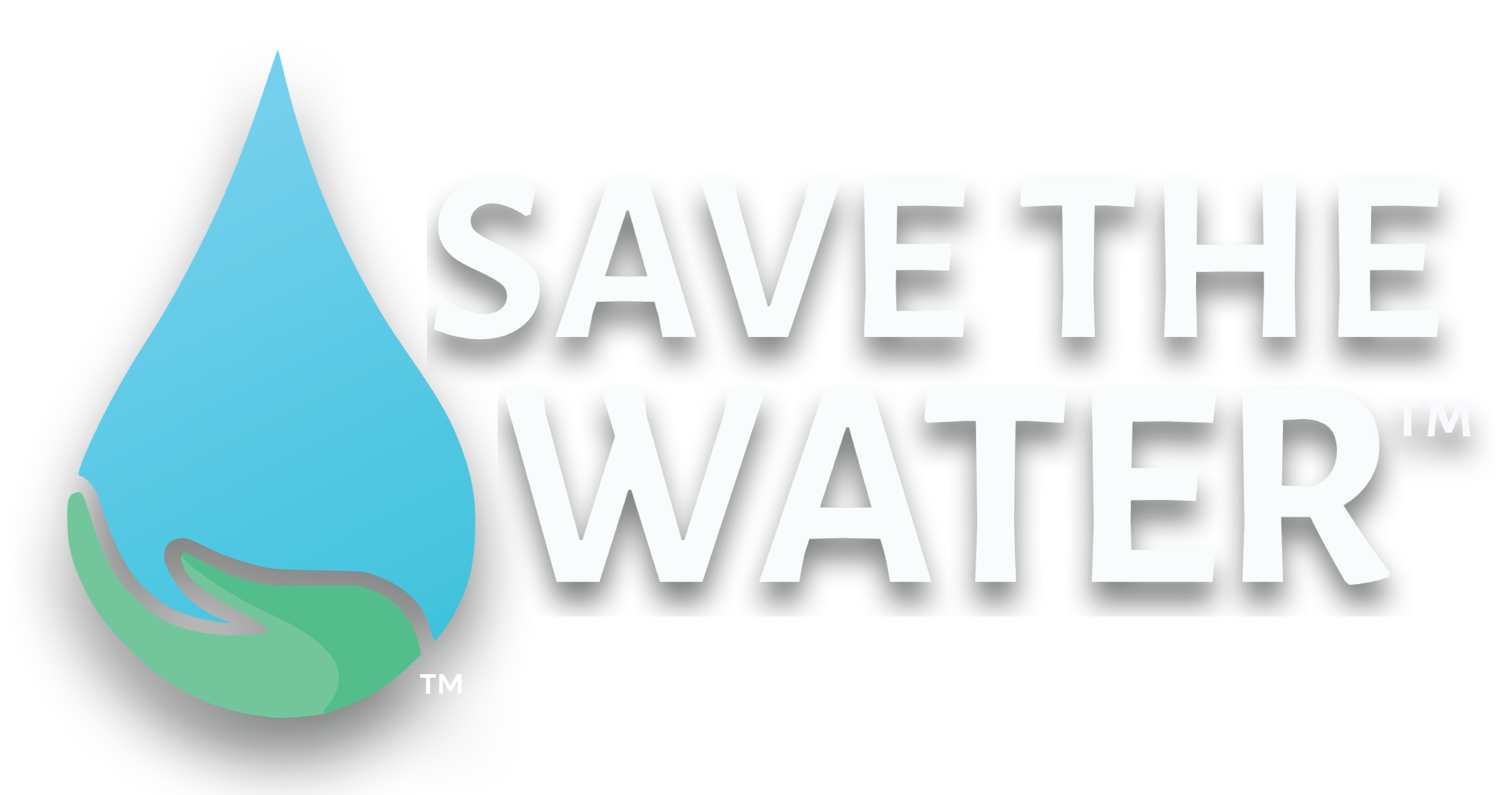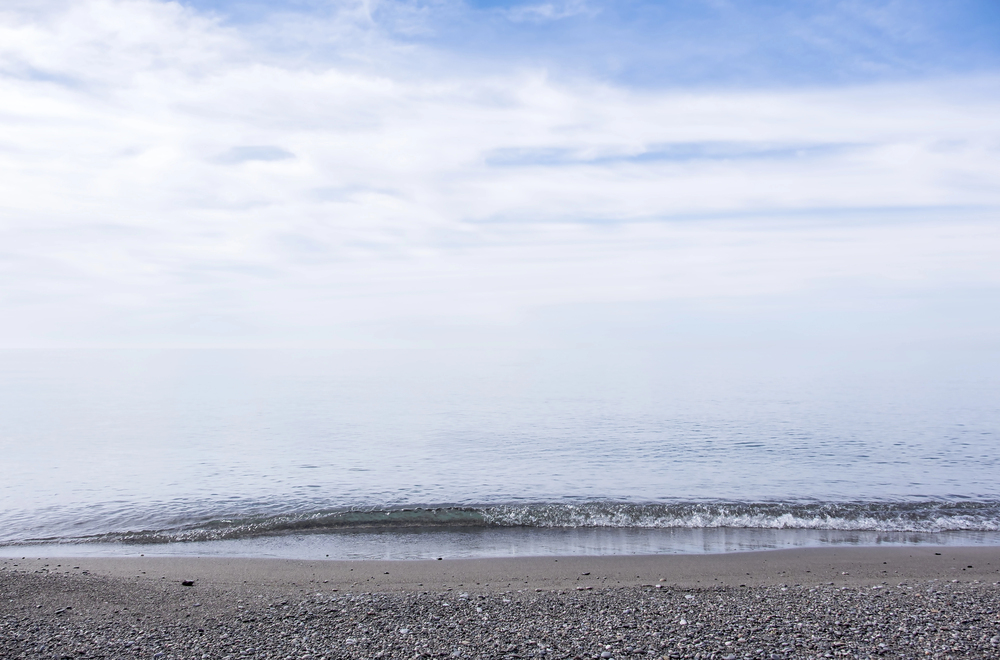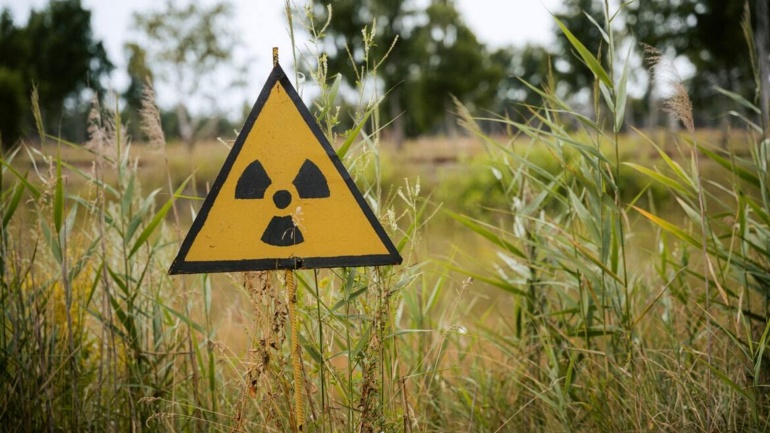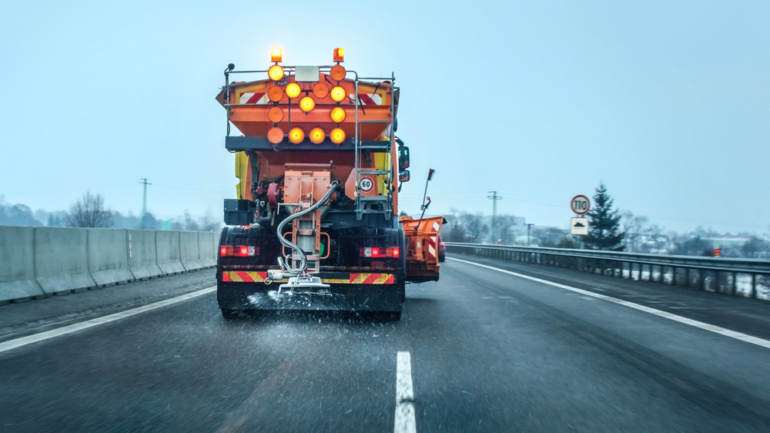By Caroline Majewski, Publishing Associate: Researcher and Writer at Save the Water™ | January 31, 2025
Edited by Joshua Awolaye, Publishing Associate: Editor at Save the Water™
In Lake Erie, phosphorus levels and their effects are studied every five years. The 2017-2020 study results were that the lake continues to have high nutrient conditions.
While essential, too much can cause adverse effects. Nutrients like nitrogen and phosphorus can cause harmful algae blooms (HAB) and hypoxia. HABs occur when the algae grows too much and fast in water. As a result, both of these conditions damage our environment.
Why is This Important?
The Great Lakes (Erie, Michigan, Superior, Ontario, and Huron) are interconnected. Together, they have a surface area of over 90,000 square miles. They supply freshwater to Michigan and many surrounding areas. Therefore, maintaining their health is important. Lake Erie, while the smallest, is exposed to the most urbanization and agriculture effects of all the lakes.
In short, the study found no evidence of a decline in either of the Lake Erie, which is concerning.
Restoration of Lake Erie
How to move forward and reduce pollution in Lake Erie is a topic of great interest. There are different ways to address this issue.
Restoring the natural wetland areas around Lake Erie could help create a better balance between the ‘natural’ nature and farmlands. In summary, this process includes removing invasive plants, varying the terrain, and planting native plants.
Additionally, planting cover crops can help strengthen soil and absorb excess nutrients. This would create a more natural ecosystem complete with diverse plant life and foster the growth of native plants and wildlife. Also, this new growth can absorb the chemicals that create algae blooms. Likewise, rain gardens and new initiatives for prairie strips are similar concepts.
Furthermore, one big initiative was proposed in January of this year. The Alliance for the Great Lakes reintroduced the Great Lakes Restoration Initiative with goals of “habitat restoration, helping farmers do more to combat non-point source agrichemical run-off, cleaning up legacy pollution and toxic sediments, and preventing the establishment or spread of destructive invasive species.”
What is Polluting Lake Erie?
The different states and countries that border so much of Lake Erie have each set goals. Michigan and Ohio are working for a 40% reduction, set by the U.S. Environmental Protection Agency (EPA). Canada is also working towards the same goals as the U.S.
So what is causing the pollution?
- Pesticides
- Urban run-off
- Agricultural waste
- Sewage
The Effects and What We Can Do
Algae blooms are harmful to both wildlife and humans. It can also affect the land itself by causing soil erosion. Other harmful effects are:
- Lack of oxygen and sun for plants
- Stomach and liver illness
- Respiratory problems
- No capacity to support aquatic life
- Acid rain
Many of these problems are caused at a macro level. However, there are still things we as individuals can do. For example, be selective with the cleaning products and chemicals you use around your home. Look for ones that are phosphate-free. Secondly, ensure to pick up pet waste and be mindful of your own. Septic systems are to be inspected annually in case any problems arise. Lastly, EPA has a resource to use on how to get involved in your community. These include volunteering, outreach campaigns, and the opportunity to sponsor a watershed.





